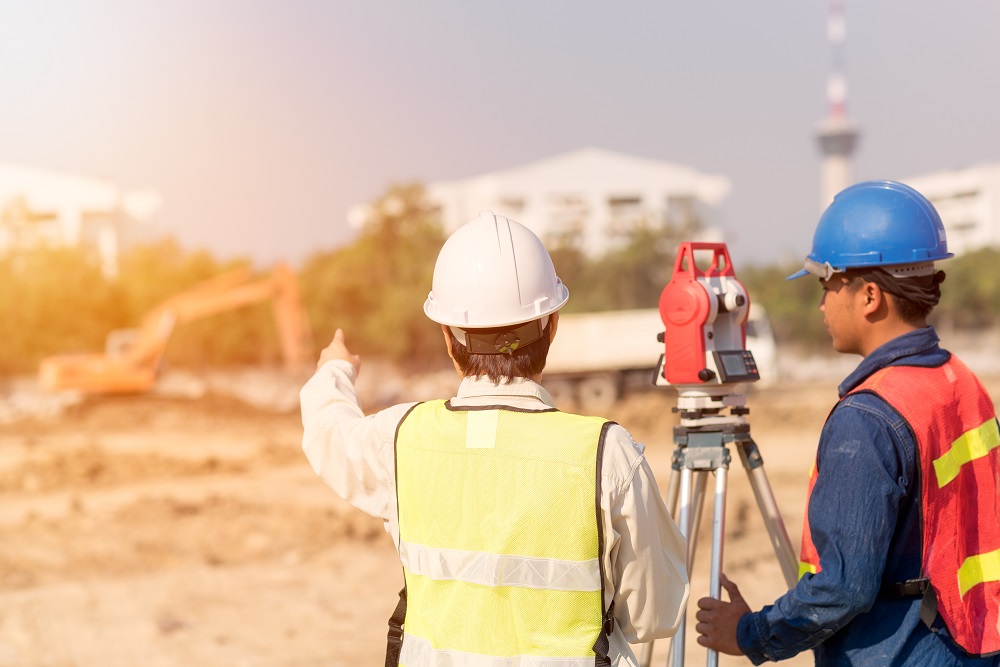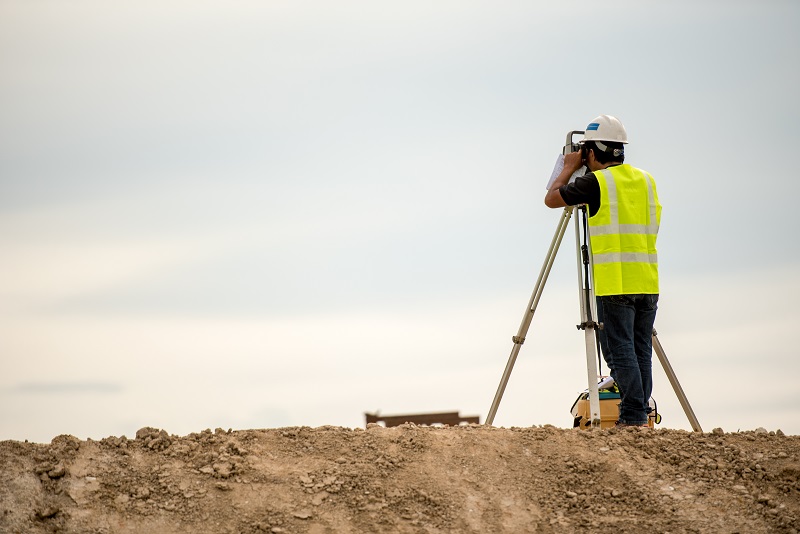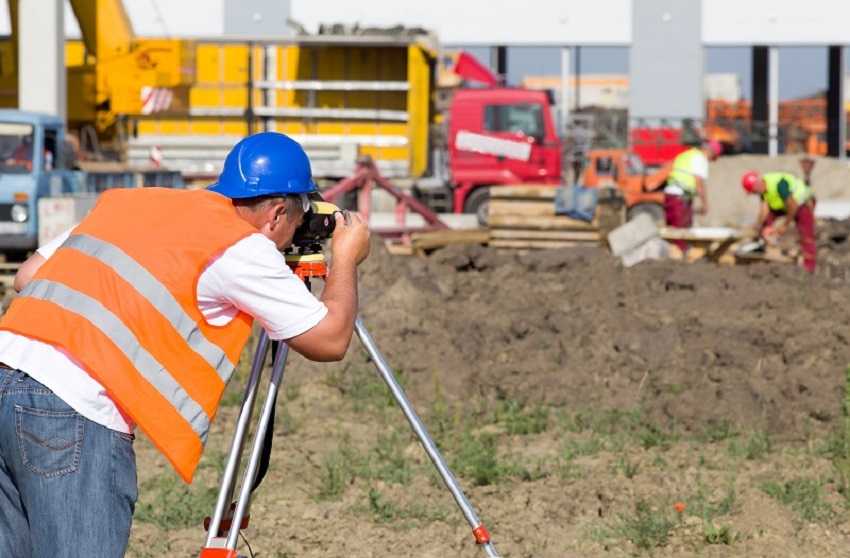Land development in Melbourne is an exciting but complex process that requires precision, compliance, and professional expertise. Whether you’re subdividing land, constructing a new property, or redeveloping an existing site, working closely with a registered surveyor is one of the most critical steps toward ensuring your project’s success.
In this guide, we’ll explore how to collaborate effectively with a registered surveyor, understand their role in the land development process, and ensure your project complies with Melbourne’s strict planning and zoning regulations.
Understanding the Role of a Registered Surveyor
A registered surveyor is a licensed professional authorized by Surveyors Registration Board of Victoria (SRBV) to carry out surveying tasks in Melbourne and across Victoria. Their main job is to measure, map, and define land boundaries to support development, construction, and land ownership activities.
Key Responsibilities Include:
- Land Boundary Surveys: Defining and marking property boundaries to avoid disputes and ensure legal ownership.
- Subdivision and Consolidation: Preparing and lodging subdivision plans for approval by local councils and the Land Use Victoria office.
- Topographic Surveys: Providing detailed elevation and terrain information for design and construction.
- Feature and Level Surveys: Mapping natural and man-made features for site planning and engineering works.
- Title Re-establishment: Identifying exact title boundaries based on historical survey data and records.
In Melbourne, registered surveyors are essential collaborators for architects, town planners, builders, and property developers.
Why a Registered Surveyor Is Essential for Land Development in Melbourne

Melbourne’s property market is dynamic, and local councils enforce strict regulations through the Planning and Environment Act 1987 and the Subdivision Act 1988. Engaging a registered surveyor in Melbourne ensures compliance, accuracy, and timely project delivery.
Here’s Why They Matter:
- Compliance with Local Regulations: Surveyors are familiar with the requirements of councils like Melbourne City Council, Yarra, and Stonnington.
- Minimised Legal Risks: Boundary disputes and incorrect land titles can lead to costly legal issues.
- Improved Design Accuracy: Detailed survey data allows architects and engineers to design structures that align with land contours and constraints.
- Efficient Project Management: Registered surveyors streamline the approval process with the Land Use Victoria office and council planning departments.
How to Work Effectively with a Registered Surveyor
1. Define Your Project Goals Clearly
Before hiring a surveyor, identify your project type—subdivision, renovation, or new construction—and clarify what outcomes you expect. This helps your registered surveyor determine the most suitable surveying methods and deliverables.
2. Choose a Qualified and Experienced Professional
Ensure your surveyor is registered with the Surveyors Registration Board of Victoria (SRBV) and has proven experience in Melbourne’s local area. You can verify registration on the SRBV website.
When comparing providers, look for firms such as:
- SMEC Surveying & Mapping
- Taylors Development Strategists
- Bosco Jonson Pty Ltd
- Cadastral Land Surveying Melbourne
3. Provide Complete Site Information
Give your surveyor access to:
- Existing title documents
- Site plans and architectural drawings
- Planning permits (if applicable)
- Previous survey reports (if any)
The more accurate the background data, the more efficient the survey process will be.
4. Communicate Regularly
Regular communication helps identify potential issues early. Schedule check-ins to discuss progress, clarify site constraints, and adjust timelines if necessary.
5. Understand the Deliverables
Typical deliverables from a registered surveyor in Melbourne include:
- CAD files or digital survey plans
- Land title boundary reports
- Subdivision plans for council submission
- Feature and level survey drawings
Ensure you review these documents carefully and confirm that they meet your project’s technical and legal requirements.
Common Challenges When Working with a Registered Surveyor

Even with experienced professionals, land development can face obstacles. Understanding common issues can help you prepare better:
- Council Approval Delays: Different councils in Melbourne may have varying documentation requirements.
- Title Discrepancies: Older properties may have unclear or inaccurate title boundaries.
- Budget Overruns: Unexpected site conditions or survey complexities can increase costs.
- Coordination Gaps: Lack of communication between your surveyor, planner, and architect can slow progress.
To avoid these, establish clear expectations, a defined communication plan, and a shared project timeline.
Common Questions About Registered Surveyor in Melbourne, Australia
1. How do I verify if my surveyor is registered in Melbourne?
You can check the Surveyors Registration Board of Victoria (SRBV) website. Every registered surveyor is listed with their registration number, qualifications, and current status.
2. What is the difference between a surveyor and a registered surveyor?
While any surveyor can conduct basic measurements, only a registered surveyor is legally authorized to sign and submit cadastral surveys, subdivisions, and title boundary plans in Victoria.
3. How much does it cost to hire a registered surveyor in Melbourne?
Costs depend on the project’s complexity and size. For example:
- Boundary re-establishment: from $800–$1,500
- Feature & level survey: from $1,200–$2,500
- Subdivision surveys: from $2,000 upwards
4. Can a registered surveyor help with property disputes?
Yes. A registered surveyor can re-establish property boundaries and provide professional reports or expert witness statements for property disputes or court cases.
5. How long does a typical survey take in Melbourne?
For small residential lots, surveys can take 3–5 business days. Larger or multi-lot developments may take several weeks, depending on weather conditions and council approval times.
Best Practices for Landowners and Developers
If you’re planning a new project, here’s how to make the most of your collaboration:
- Engage early: Involve your registered surveyor at the concept stage, not after design completion.
- Stay compliant: Review zoning overlays, easements, and local planning controls early.
- Request digital data: Ask for deliverables in CAD or GIS-compatible formats for seamless integration with design software.
- Review and store documentation: Keep copies of survey reports for future reference or resale.
Conclusion
Working effectively with a registered surveyor is a vital part of achieving accurate, compliant, and efficient land development in Melbourne. These professionals provide the foundation for your project’s legal and structural integrity—helping you navigate complex council processes, define precise land boundaries, and ensure long-term success.
Whether you’re a developer planning a large subdivision or a homeowner looking to extend your property, engaging a qualified registered surveyor in Melbourne ensures your project begins on solid ground—literally and legally.
Take the first step by consulting a trusted local professional, reviewing your site documentation, and setting clear objectives. With the right surveyor by your side, your Melbourne development project can move from vision to reality with confidence and compliance.
